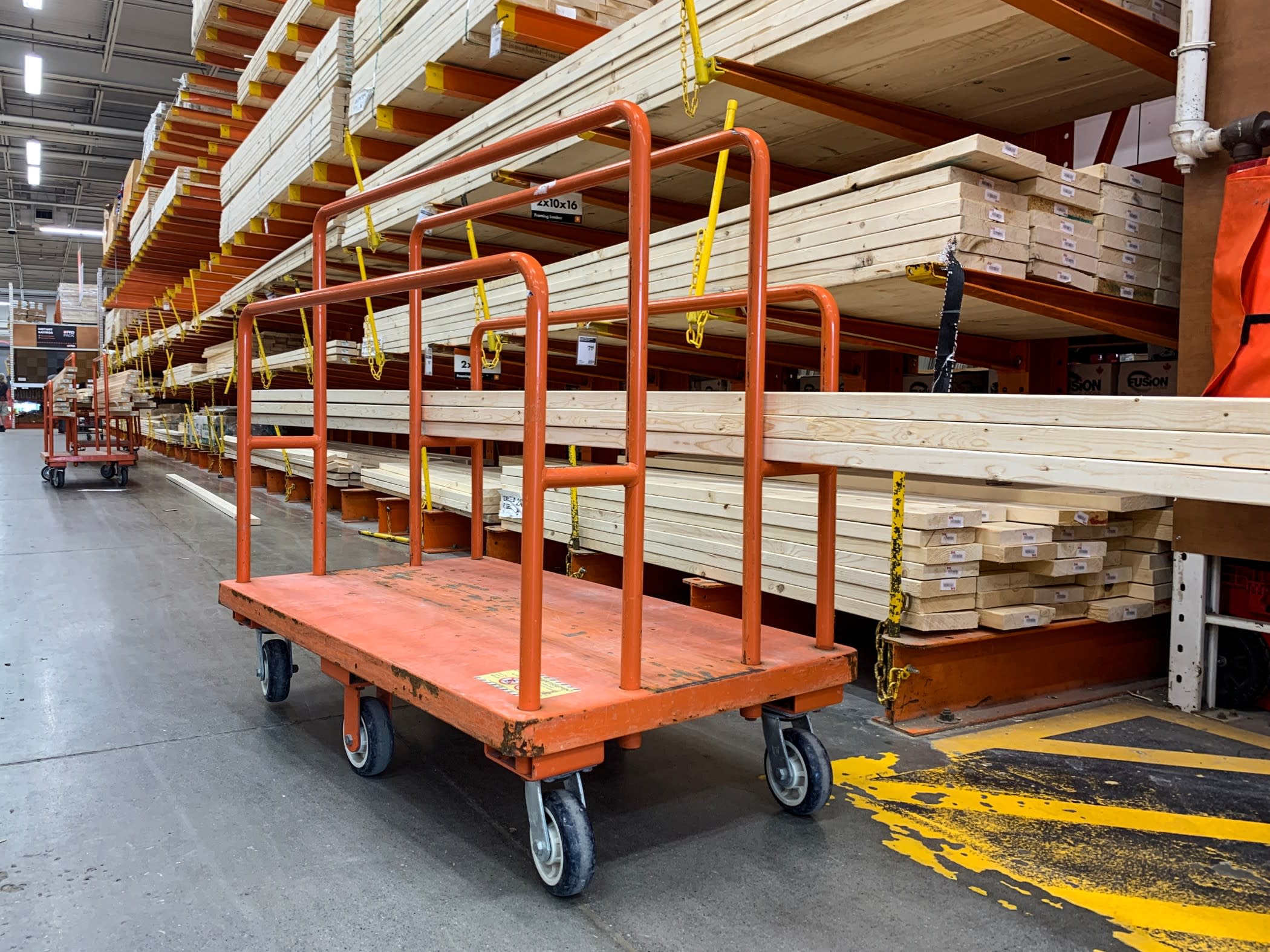Ecommerce Merchandising Strategies To Drive Sales



As e-commerce sales increase, the competition becomes tougher. E-commerce websites have provided users with the luxury of ordering online from anywhere around the world, and most sites typically offer extra discounts and free shipping.
As people increasingly indulge in online shopping, the competition increases steadily for e-commerce retailers. There is an urgent need to stay relevant and provide customers with satisfactory services. To win customer loyalty and attract the attention of new users, retailers must invest a significant amount of extra effort.
This article analyzes 6 e-commerce merchandise strategies to increase both sales and traffic in the online marketplace.
What are e-commerce merchandise strategies?
E-commerce Merchandising, also known as digital merchandising, involves the sale and positioning of products and goods. Like the brick-and-mortar retail merchandising approach, it aims to convert visitors into customers.
Brick-and-mortar retail merchandising is arguably relatively easier since consumers typically experience physical stores in predictable ways. In e-commerce merchandising, the consumer’s experience cannot be predicted easily.
Why is e-commerce merchandising necessary?

As the competition grows, so does the need to stand out from your competitors and attract the attention of potential customers. E-commerce merchandising is not only about presenting the product aesthetically. It is also about using effective strategies to convert visitors or viewers. The placement of CTA, reminders for abandoned carts, and retargeting a customer to order again are just a few aspects of e-commerce merchandising.
7 advantages of e-commerce merchandise strategies
- Attract customers
- Show the range of products a business offers
- Increase website footfalls
- Improve website’s SEO
- Showcase the offers and promotions that the brand offers
- Increase sales
- Create a positive experience for the customers
Finally, the 6 methods to increase your sales

Let’s dive into these strategies that can help you stand out from other e-commerce sites and increase the sales and traffic to your website:
- Decorative homepage: The website’s homepage is similar to the door of a store. The homepage should be attractive, easy to read, and understandable. Keep in mind that the design, user-friendliness, and content are all a direct reflection of the brand. To be appealing, the website should contain more images and less content as well as load quickly. Here are some tips to consider when planning the home page:
- Keep the content brief yet meaningful.
- Highlight the best-selling products.
- Keep the website design clean.
- Consider dynamic instead of static design.
- Tell the brand’s story.
- Give effective website assistance by considering a chatbot.
- Present the user with easy drop-down menus and navigation.
- Display attractive offers and promotions.
- Provide order tracking options on the home page or navigation toolbar.
- Mobile optimization: The majority of purchases are made via mobile phones. It is important to ensure that the website is optimized for both desktops and phones. A mobile user’s experience is as important as a desktop user’s experience. The website should be compatible with all operating systems and devices. A business may lose customers if its website isn’t compatible with all devices and software systems.
- Website analytics: Website analytics provide the advantage of tracking and studying the behavior of website visitors. Tracking the analytics can be made possible by simply integrating the website with Google Analytics.
With the help of Google Analytics, the owner of the website can analyze the demographics of the visitor, time spent on each page, the genre of other pages the customers or visitors interact with, the visitor’s favorite sites to browse through, and their average spending on the products. If the visitor has registered or placed an order with the website in the past, then their data is easily available on the dashboard. This data can help in planning a strategy to provide a personalized experience and know the customers’ current preferences and demands for various products.
To collect such data, the owner can also conduct short quizzes, surveys, and polls across the website and provide users with special discounts or vouchers on completion.
- Displaying impulse items: When visiting a store physically, many people indulge in last-minute impulse purchases while waiting for the billing to process. Impulse buying seems easier at a physical store than at a virtual one, as there is no wait time for online shopping. The power of persuasion to buy the product has to be through strategic placement. It can be implemented by the following methods:
- Showing the products during the checkout process; if the user sees a product cheaper than the original purchase, they might be drawn to buy an additional item.
- Giving free shipping on the purchase of an additional product
- Recommending the product as an item that was also purchased by previous customers is likely to increase impulse purchases.
- Giving a special discount or combo price on the purchase of the tag-along product
- Showing the customers how the product will complement their purchase.
- Group products: It can be challenging to find products even with the search tool if there is no reliable system for grouping the products. Grouping similar products is recommended to allow the user to easily find similar options. For example, on a fashion e-commerce website, the grouping is usually done as follows:
- Brand
- Occasion
- Material
- Winter wear/Summer wear
- Gender
- Accessories
- Kids Section
- Pets Section
- Customer reviews: When the customers cannot see the products physically, they might have reservations in their minds about the purchase. The way to turn doubt into surety is by seeing the comments and reviews on the products. Therefore, it is important to encourage customer reviews and give each individual the platform to express their experience with the product and services.
Now that we have gone through the six methods and techniques, it is crucial to note that the quality of the product material is also important, especially in the fashion industry. A fashion e-commerce owner should focus on sourcing clothes and materials from an authentic and reliable provider such as Fashinza. The techniques of e-commerce merchandising keep changing and evolving, but the quality of product and service you provide stays the same. Good quality products and services are the main foundation of excellent e-commerce merchandising.
The other most significant takeaway is to keep it simple and direct. Uniformity across all your channels is also necessary since it builds a brand value in the minds of the consumers. Google Analytics and Google Speed Insights can help you optimize your website on mobile as well as desktop views. Conduct a regular website audit because you need to maintain your store every day for it to become a success.
The bottom line is to make the website as visually appealing and accessible as possible.



















